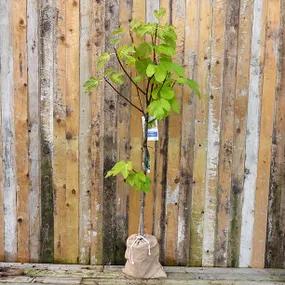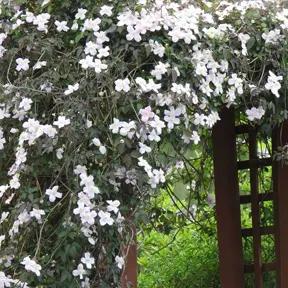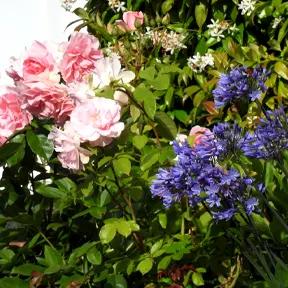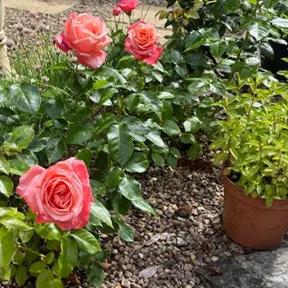Common Fig Trees
- The "original" cultivated fig
- Full sun, and sheltered site.
- Roots must be restricted to control size.
- Ideal for containers.
- Sold year round.
Description
Ficus carica, Common Fig Trees: 1/2 Standard
Ficus carica is the original cultivated fig tree. If you only have room for one fig in your life, the brown turkey has even better fruit, but this variety is well worth adding to a collection: it may crop less heavily, but is still reliable in a sunny spot. Fruit aside, figs are handsome, characterful trees and are often grown purely for their lush foliage.
Have a look at the excellent dwarf variety, Little Miss Figgy, or browse our full range of fruit trees.
All varieties of Ficus carica are fully self-fertile, so you only need one to keep a family happy.
Growing Figs
Figs need special attention to crop well. If you think it needs more than you can give, then a medlar, quince or kiwi might be a better choice for something exotic.
The first key point is that they won't fruit much in the North, unless grown under glass, and even in the South they prefer a really sheltered, sunny site, preferably in the microclimate of a south-facing wall. In the North, they can die back to the ground in a harsh winter, but established plants will invariably regrow.
If you plant a fig tree into the ground without taking precautions, it will quickly show you how big they can grow! In the wild, they can be very large trees indeed. So, by restricting their roots in a suitable container or lined pit, you can restrict the size of the tree while allowing fruit to form naturally.
Dig a hole no more than 60cm long x 60cm wide x 75 cm deep. Line the walls with material that roots cannot penetrate. Paving slabs are often used, or the thick plastic damp-proof membrane used by builders when casting concrete floors. Put a layer of at least 20-25cm rubble or hardcore in the bottom of the hole and then fill with ordinary garden soil. Plant the fig in this. Alternatively, use a sturdy container of a similar size to the hole above.
Following the rules above, figs can be grown freestanding as a low bush or larger standard tree, which is what the half-standard trees on this page are intended for, rather than growing as a fan against a wall.
Figs are very vigorous and require yearly pruning. They crop on last year's wood, which means they should be treated like summer-fruiting raspberries. Any wood that has fruited should be cut out, and older structural branches can be removed to make way for new ones.
In spring, it is a good idea to cut out crossing branches and suckers. Depending on growth, sometime in the summer cut back new growth to 5-6 leaves to encourage fruit formation the following year. Before winter sets in, remove any large fruits that have not ripened. However, leave the little marble-sized figlets for the following year. Always leave 5cm (2in) long stubs when removing any branches.
Figs In Your Garden Design
Used as much for foliage plants as for their fruits, figs are a big presence in the garden, with their wide leaves, like outstretched hands. Natives of Syria and Turkey, use them on a south-facing terrace to bring an evocation of hot, lazy days in the Mediterranean sunshine. They work beautifully against south-facing walls which will radiate heat. Good companion plants to put at their feet are comfrey, mint, marigolds and strawberries.
Did you know?
Ficus is Latin for fig, and carica references karike, one of several Greek words for a fig. You are free to call your tree Figgy McFiggis: we, at least, will not judge you.
Figs are in the same family as Mulberries, which is somewhat more obvious when you cut one open and compare the inside of the fig to a mulberry.
They are the most likely candidate for the tree of the knowledge of good and evil in the Garden of Eden: apologies to all those great artists, but apples don't even make the short list.
These cultivated figs are all self-fertile females, but wild figs require the help of Blastophaga psenes, fig wasps, whose entire short life cycle is in and around the fruit, which they use as brood chambers.
It's Summer Planting Season 2025

Pot Grown & Plug Plants Delivered
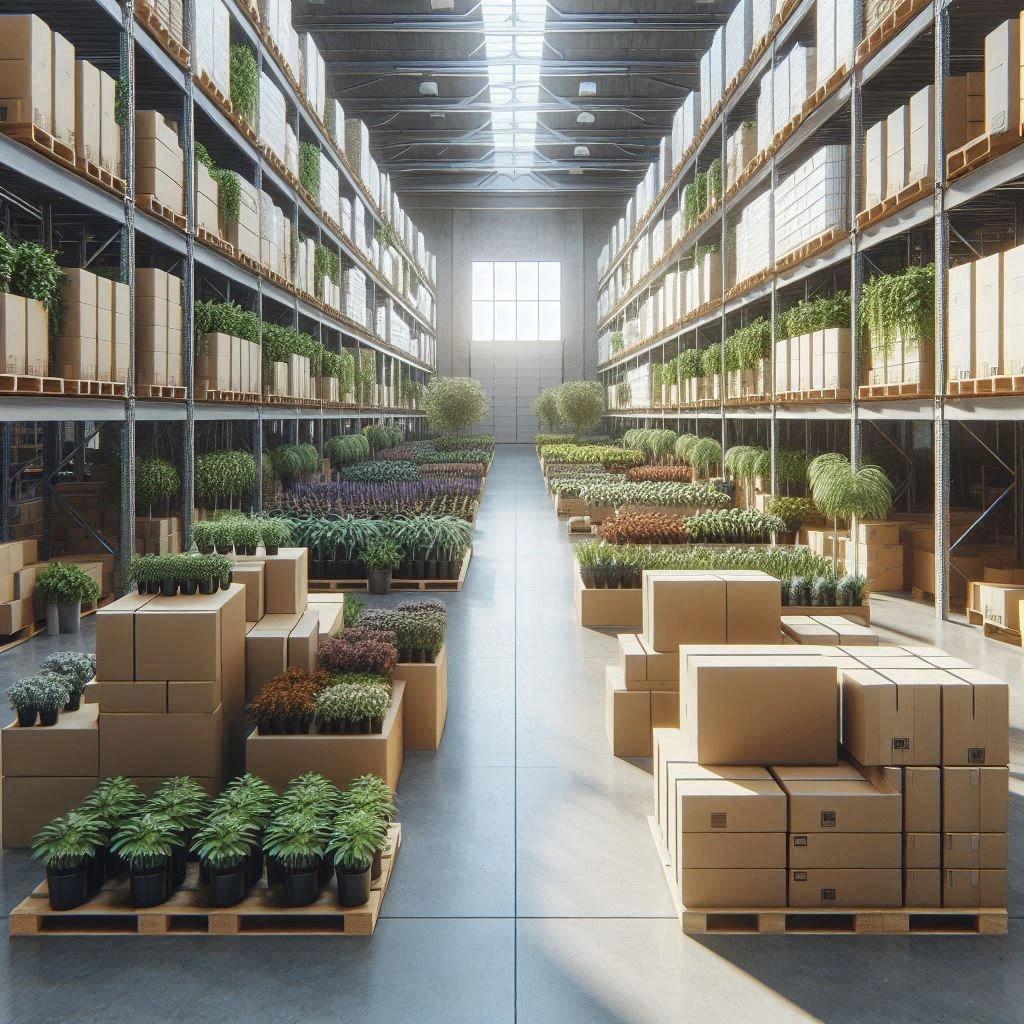
Direct from the Nursery Value

No more broken plants in the post!
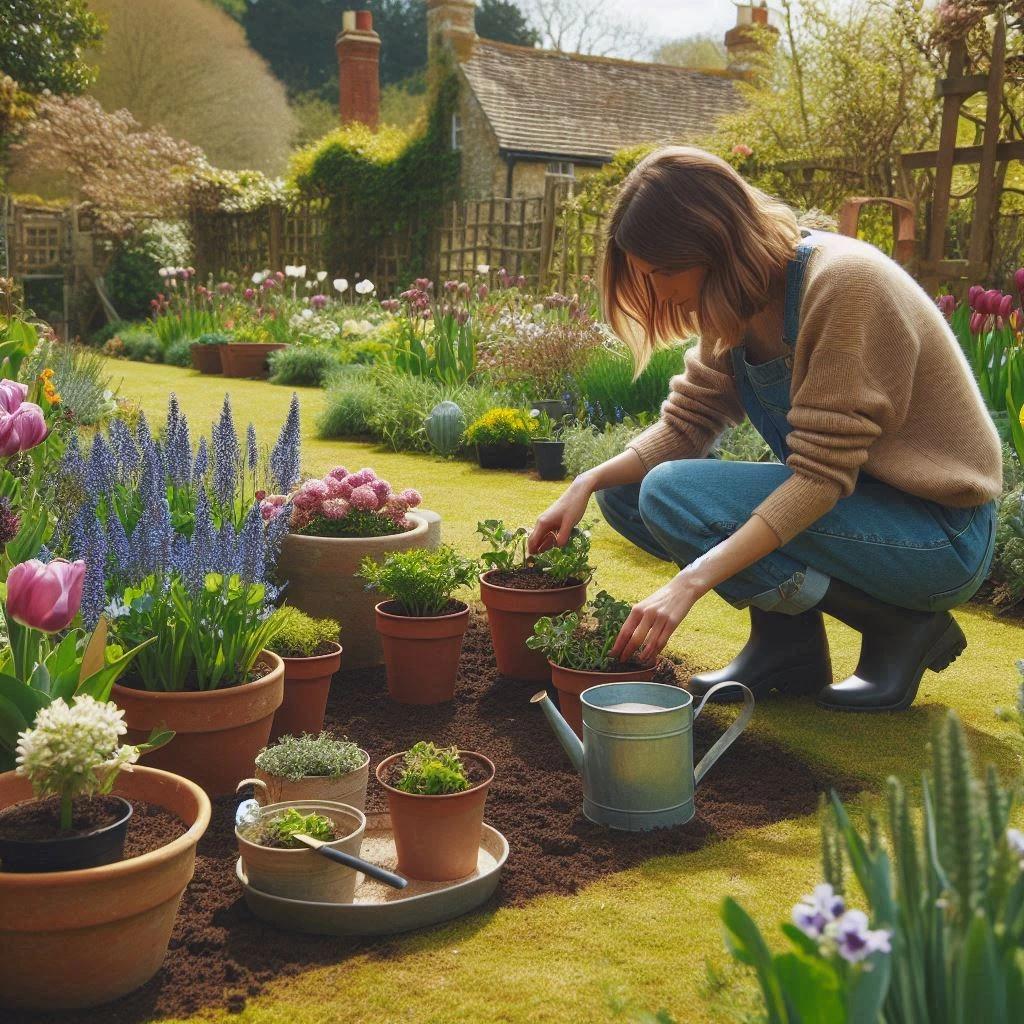

 Img 1.webp)
 Img 1.webp)
 Img 2.webp)
